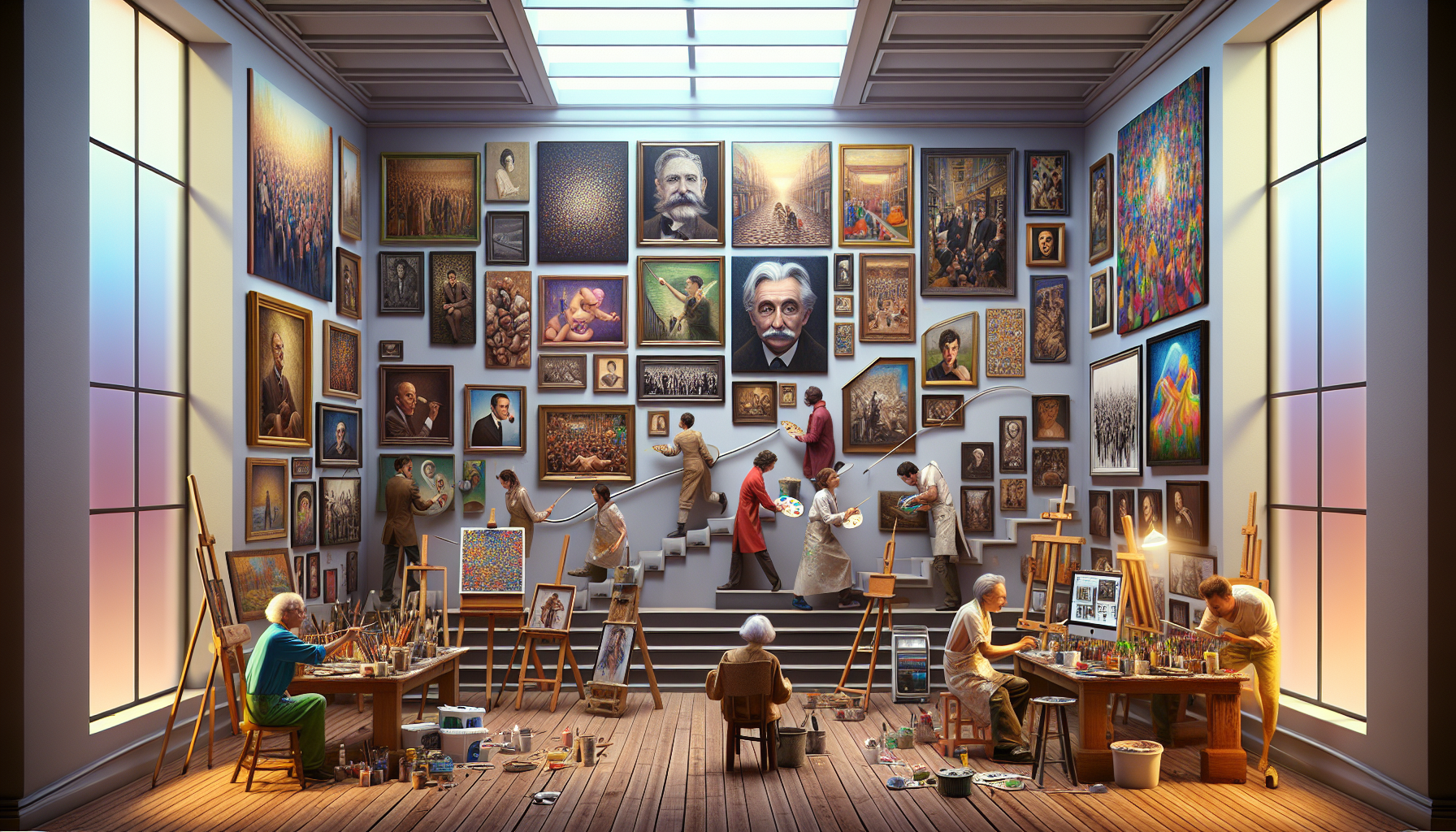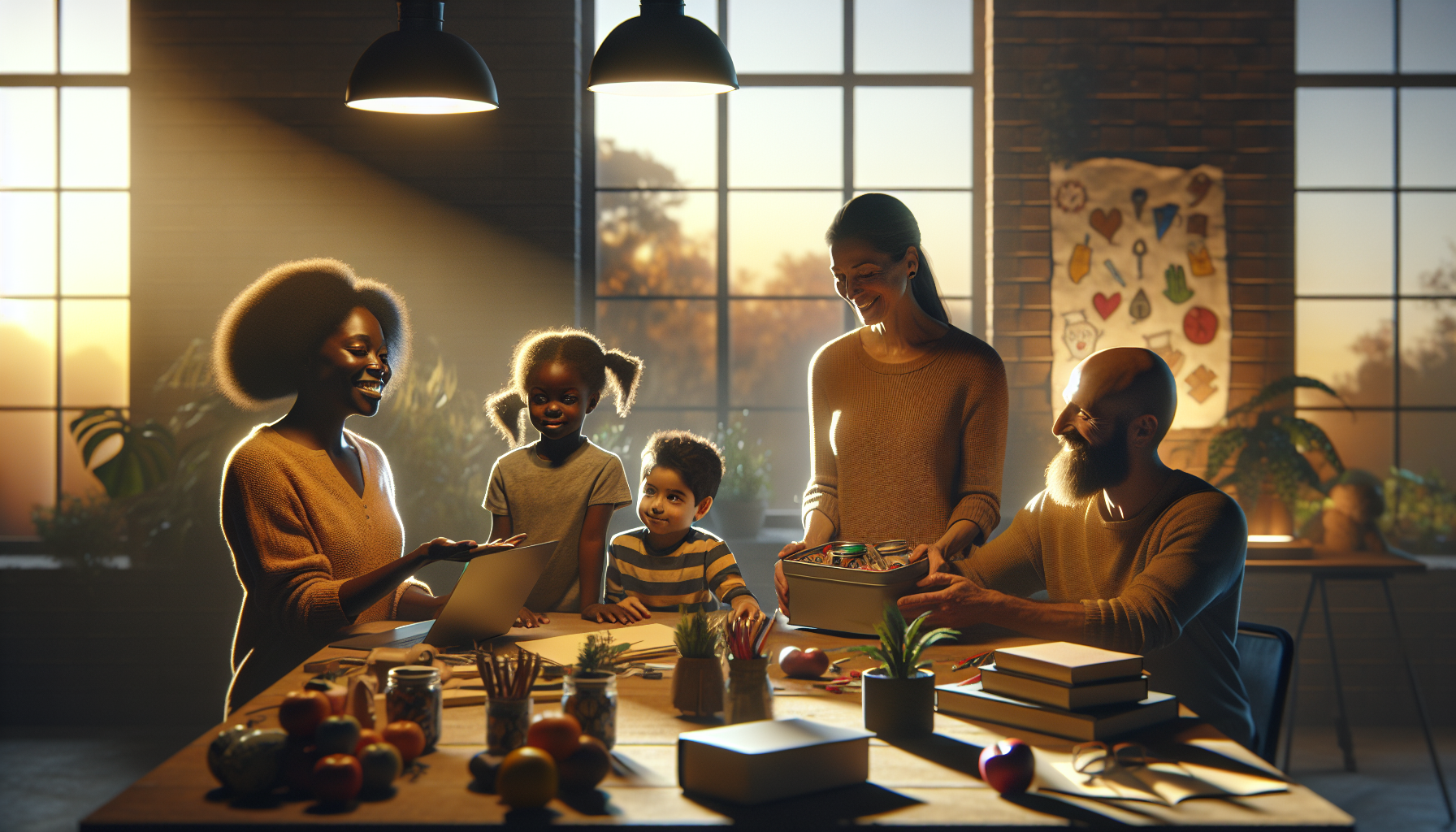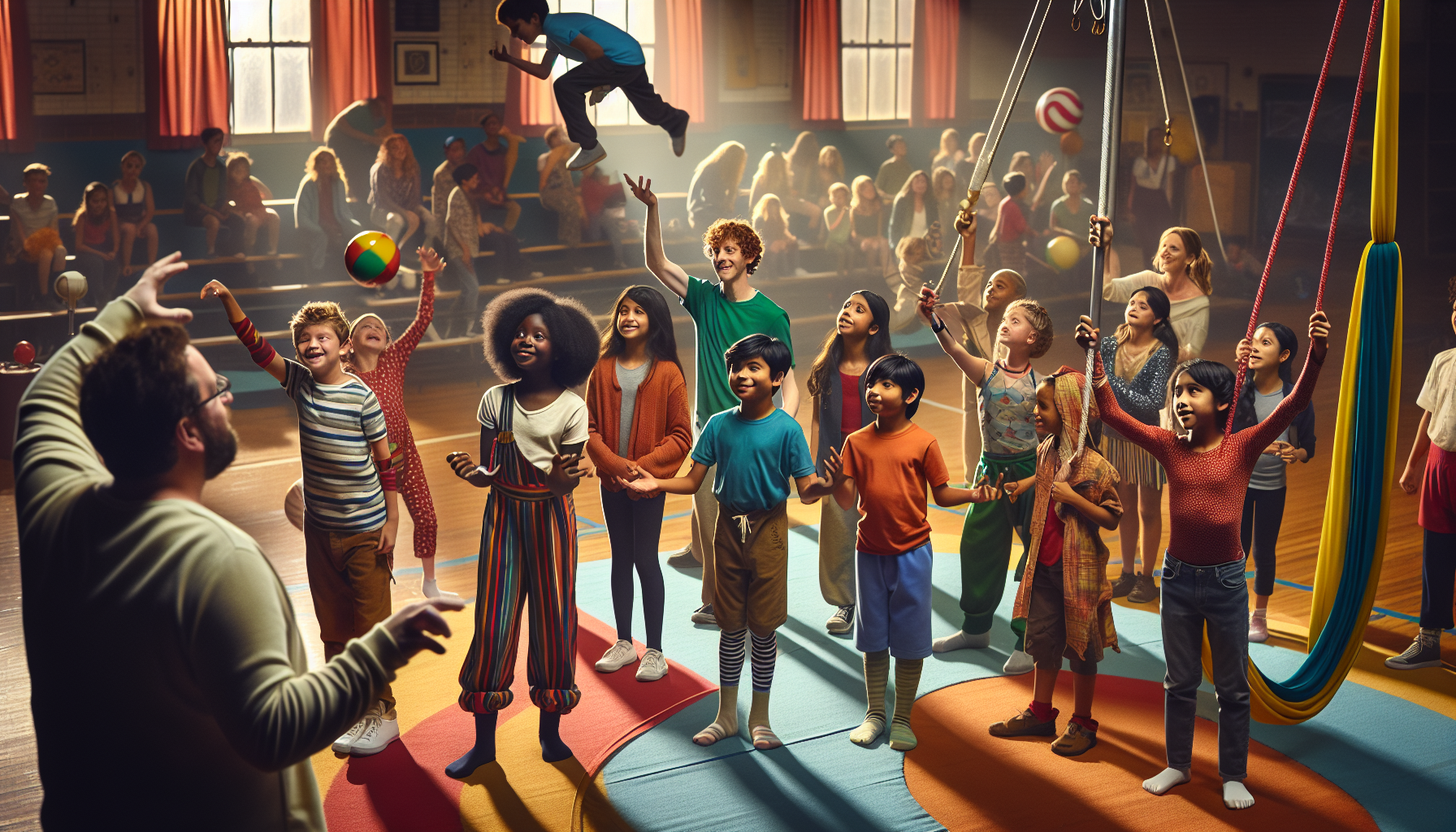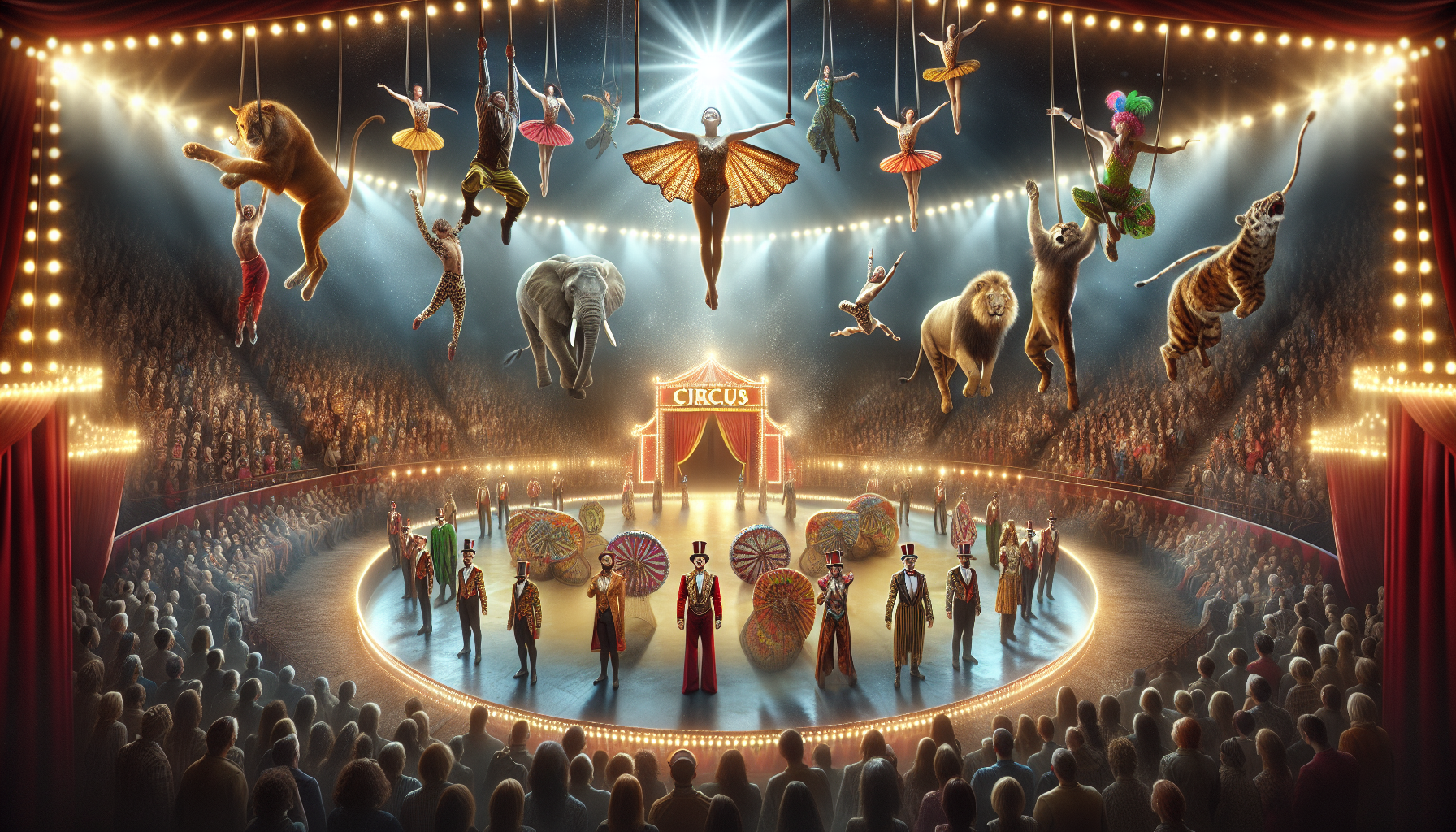Art has always been a mirror to humanity’s soul, reflecting the societal shifts, technological advancements, and emotional landscapes of each era. From the hauntingly vivid frescoes of the Renaissance to the bold, boundary-pushing installations of contemporary times, the evolution of artistry over the decades is nothing short of fascinating. 🎨 This journey through time not only highlights the transformation in styles and techniques but also reveals how artists have continuously challenged perceptions, defied conventions, and embraced the unknown. As we embark on this exploration of artistic evolution, we’ll delve into the key movements and figures that have shaped the art world, examining how their groundbreaking contributions continue to influence and inspire.
At the heart of this exploration is the desire to understand how artists have responded to their respective contexts. The Renaissance, for example, marked a period of rebirth and rediscovery, where artists like Leonardo da Vinci and Michelangelo blended scientific inquiry with artistic brilliance to create masterpieces that continue to captivate audiences today. Fast forward to the Romantic era, where the emotional intensity of artists such as Francisco Goya and Eugène Delacroix provided a stark contrast to the rationalism of the Enlightenment, emphasizing passion and individualism. These shifts not only reflect changes in artistic expression but also broader societal transformations, where art became a platform for questioning the status quo and envisioning new possibilities.
In the modern age, the pace of change has accelerated exponentially, with movements like Impressionism, Cubism, and Abstract Expressionism challenging traditional notions of form and content. The likes of Claude Monet, Pablo Picasso, and Jackson Pollock pushed the boundaries of what art could be, experimenting with light, perspective, and emotion to create works that were as much about the process as the final product. Today, as we stand on the precipice of the digital age, artists are once again redefining the landscape, utilizing technology and new media to craft experiences that transcend the visual and engage the viewer on multiple levels. This fluidity and adaptability underscore the enduring power of art to resonate across time and culture, providing a space for dialogue, reflection, and transformation.
In this article, we will take you on a curated journey through the annals of art history, exploring how artists have continuously reinvented themselves and their craft. We will delve into the interplay between art and society, examining how historical events, cultural movements, and technological innovations have influenced artistic expression. Furthermore, we will spotlight contemporary artists who are breaking new ground, challenging traditional paradigms, and paving the way for future generations. Through this exploration, we aim to not only celebrate the incredible diversity and creativity that defines the art world but also inspire a deeper appreciation for the timeless and transformative power of art. As you navigate through the pages of history, prepare to be enchanted by the stories of artists who have left indelible marks on the canvas of time. ✨
The Renaissance: A Rebirth of Artistic Expression
The Renaissance, spanning from the 14th to the 17th century, marked a profound transformation in the realm of art. This period witnessed a revival of classical learning and wisdom, drawing heavily from the Roman and Greek cultures. Artists began to explore new perspectives, techniques, and themes that would lay the foundation for modern art as we know it today. The use of oil paints became prevalent during this time, allowing for richer textures and depth in artworks. Additionally, the development of linear perspective introduced a three-dimensional aspect to paintings, fundamentally altering the way space and form were depicted on canvas.
Prominent artists such as Leonardo da Vinci, Michelangelo, and Raphael were at the forefront of this movement. Da Vinci’s “Mona Lisa” and “The Last Supper” are exemplary works that showcase his mastery of chiaroscuro, a technique that plays with light and shadow to enhance the realistic portrayal of subjects. Michelangelo’s contribution to the Sistine Chapel ceiling remains a testament to his unparalleled skill in sculpting and painting the human form, capturing both its physicality and divine nature. Raphael, known for his serene and harmonious compositions, created “The School of Athens,” which encapsulates the intellectual spirit of the Renaissance by portraying great philosophers in a grand architectural setting.
The Renaissance was not only a period of artistic brilliance but also of intellectual and cultural flourishing. The patronage of art by wealthy families such as the Medici in Florence provided artists with the resources and freedom to experiment and refine their craft. The interplay between art, science, and humanism during this time laid the groundwork for the eventual shift towards modernity. To delve deeper into this era, consider watching the video below that explores the intricate details of Renaissance art and its enduring impact:
The Renaissance: Was it a Thing? – Crash Course World History #22
The Baroque and Rococo: Drama and Elegance
Following the Renaissance, the Baroque period emerged in the late 16th century, characterized by dramatic expressions, grandeur, and an emphasis on movement and tension. This era was a response to the demands of the Catholic Church during the Counter-Reformation, seeking to convey religious themes with emotional intensity. Artists such as Caravaggio and Rembrandt became renowned for their use of chiaroscuro, enhancing the dramatic effect in their works. Caravaggio’s “The Calling of Saint Matthew” is a quintessential example, where the play of light and shadow directs the viewer’s attention to the spiritual awakening of the subject.
As the Baroque period progressed, it gradually gave way to the Rococo style in the 18th century, marked by its ornate, light, and playful qualities. Unlike the heavy, dramatic tones of Baroque, Rococo art emphasized elegance and frivolity, often depicting scenes of love, nature, and leisure. Artists like François Boucher and Jean-Honoré Fragonard epitomized this style with their delicate brushwork and pastel colors. Boucher’s “The Birth of Venus” and Fragonard’s “The Swing” capture the essence of Rococo’s whimsical charm, portraying a world of fantasy and indulgence.
The transition from Baroque to Rococo reflects the changing social and cultural dynamics of the time. While Baroque art was deeply intertwined with religious and political power, Rococo emerged during a period of aristocratic opulence and courtly sophistication. This evolution in style mirrored the shifts in patronage and taste, as art became a medium of personal expression and pleasure. For a visual comparison of these two influential periods, refer to the table below:
| Baroque | Rococo |
|---|---|
| Emphasis on drama and grandeur | Focus on elegance and lightness |
| Religious and political themes | Scenes of leisure and romance |
| Chiaroscuro for dramatic effect | Soft, pastel colors and delicate brushwork |
| Caravaggio, Rembrandt | François Boucher, Jean-Honoré Fragonard |
Modernism: A Break from Tradition
The dawn of the 20th century brought with it the rise of modernism, a movement characterized by a deliberate departure from traditional forms and techniques. Artists began to experiment with abstraction, cubism, and surrealism, challenging the conventions of representation and narrative in art. Pablo Picasso, one of the most influential figures of this era, introduced cubism with his groundbreaking work “Les Demoiselles d’Avignon,” deconstructing the human form into geometric shapes and multiple perspectives.
Simultaneously, the surrealists, led by Salvador Dalí and René Magritte, explored the subconscious mind, creating dreamlike landscapes and bizarre, juxtaposed imagery. Dalí’s “The Persistence of Memory,” with its iconic melting clocks, invites viewers to question the nature of time and reality. Magritte’s “The Treachery of Images,” depicting a pipe with the caption “This is not a pipe,” challenges our perceptions and the relationship between words and images.
Modernism was not confined to painting alone; it permeated various art forms, including sculpture, architecture, and literature. The movement was a response to the rapid industrialization and social changes of the time, reflecting a desire to break free from the past and embrace new possibilities. As modernist artists pushed the boundaries of creativity, they paved the way for a more inclusive and diverse understanding of art. To further explore the fascinating world of modern art, watch the video linked below:
Modern Art: Crash Course European History #35
Contemporary Art: A Reflection of Society
In the latter half of the 20th century and into the 21st century, contemporary art emerged as a reflection of the complex social, political, and technological landscape of the time. This era is marked by an eclectic mix of styles and mediums, with artists exploring themes of identity, globalization, and the environment. The rise of digital technology has also influenced the creation and dissemination of art, leading to new forms such as digital installations and interactive art.
Artists like Ai Weiwei and Yayoi Kusama have become iconic figures in the contemporary art world. Ai Weiwei, known for his provocative installations and activism, uses art as a platform to critique political and cultural issues. His work “Sunflower Seeds,” consisting of millions of handcrafted porcelain seeds, addresses themes of mass production and individualism. Yayoi Kusama, on the other hand, is celebrated for her immersive installations that explore themes of infinity and self-obliteration. Her “Infinity Mirror Rooms” invite viewers to lose themselves in a mesmerizing world of lights and reflections.
The diversity and dynamism of contemporary art make it a powerful medium for dialogue and transformation. Artists today are not only creators but also commentators, using their work to engage with the world around them. As the boundaries of art continue to expand, the role of the artist becomes increasingly important in shaping cultural and societal narratives. For a deeper understanding of contemporary art and its impact, consider exploring the resources and exhibitions available at major art institutions worldwide.

Conclusion
Certainly! Here is a comprehensive conclusion for the article titled “Decades of Artistry: Cataloging the Evolution of Artists Through the Years”:
—
As we draw our exploration to a close, it is evident that the evolution of artistry is a testament to the enduring power of human creativity. From the classical works of the Renaissance to the revolutionary strokes of modernism and the digital frontiers of contemporary art, each era has carved a unique niche in the expansive tapestry of art history. This journey through time highlights not only the transformative nature of art itself but also the profound impact artists have on shaping cultural and societal narratives.
The Renaissance period, with its emphasis on realism and humanism, marked a pivotal shift from medieval forms, embracing the richness of human experience and the natural world. Artists like Leonardo da Vinci and Michelangelo transcended mere representation, infusing their work with anatomical precision and emotional depth. This era laid the groundwork for future artists to explore the complexities of human existence.
As we moved into the 19th century, the Romantic and Impressionist movements began challenging traditional boundaries, capturing the ephemerality of light and emotion. Artists such as Claude Monet and Vincent van Gogh brought a sense of movement and vitality to their canvases, inviting viewers to experience the world through a personal lens. This period of experimentation laid the foundation for the abstract and conceptual movements that would soon follow.
The 20th century witnessed a radical shift with the advent of modernism, as artists broke away from the constraints of realism to explore abstraction, surrealism, and expressionism. Pioneers like Pablo Picasso and Wassily Kandinsky redefined the possibilities of artistic expression, emphasizing the subjective nature of reality. This era was characterized by a relentless pursuit of innovation, as artists sought to capture the essence of a rapidly changing world.
In recent decades, contemporary art has expanded beyond traditional mediums, incorporating digital technology and interactive installations. Artists now have the tools to reach global audiences instantaneously, fostering a more interconnected and inclusive artistic community. This democratization of art has allowed for a diverse array of voices to be heard, challenging conventional norms and sparking important dialogues about identity, politics, and the environment.
The significance of documenting and understanding the evolution of artistry cannot be overstated. It serves as a mirror reflecting the zeitgeist of each era, offering insights into the values, struggles, and aspirations of society. Moreover, it underscores the universality of human creativity, illustrating that art is a vital force for cultural exchange and personal expression.
As we look to the future, it is imperative that we continue to support and nurture the arts. By doing so, we ensure that the legacy of creativity endures, inspiring future generations to explore new frontiers and push the boundaries of what is possible. The evolution of artistry is a dynamic and ongoing narrative, one that invites all of us to participate, whether as creators or appreciators.
In conclusion, let us celebrate the diverse spectrum of artistic expression that has defined our world and embrace the possibilities that lie ahead. I encourage you to share your thoughts and reflections on the role of art in your life and community. Whether through a comment, a shared post, or a personal project, your engagement helps keep the spirit of creativity alive and thriving. 🎨✨
For further exploration of the evolution of art, you may find these resources valuable:
– The Metropolitan Museum of Art
– MoMA – The Museum of Modern Art
Thank you for joining us on this artistic journey. Let’s continue to honor and celebrate the transformative power of art together.
—
This conclusion encapsulates the key points discussed in the article and encourages further engagement with the topic.
Toni Santos is a visual storyteller and archival artisan whose creative journey is steeped in the bold colors, dramatic typography, and mythic imagery of old circus posters. Through his artistic lens, Toni breathes new life into these once-lurid canvases of wonder, transforming them into tributes to a golden era of spectacle, showmanship, and cultural fantasy.
Fascinated by the visual language of vintage circuses — from roaring lions to gravity-defying acrobats, from hand-painted banners to gothic typefaces — Toni explores how these posters once captured the imagination of entire towns with nothing more than ink, illusion, and a promise of awe. Each composition he creates or studies is a dialogue with history, nostalgia, and the raw aesthetics of entertainment on the move.
With a background in handcrafted design and visual heritage, Toni blends artistic sensitivity with historical insight. His work traces the forgotten typographies, chromatic choices, and symbolic flair that defined circus marketing in the 19th and early 20th centuries — a time when posters were not just advertisements, but portable portals to dreamworlds.
As the creative force behind Vizovex, Toni curates collections, illustrations, and thoughtful narratives that reconnect modern audiences with the magic of old circus art — not just as ephemera, but as cultural memory etched in paper and pigment.
His work is a tribute to:
The flamboyant storytelling of early circus posters
The lost art of hand-lettered show promotion
The timeless charm of visual fantasy in public space
Whether you’re a vintage print enthusiast, a circus history lover, or a designer inspired by antique aesthetics, Toni invites you into a world where tigers leap through fire, strongmen pose in perfect symmetry, and every corner of the poster whispers: Step right up.





